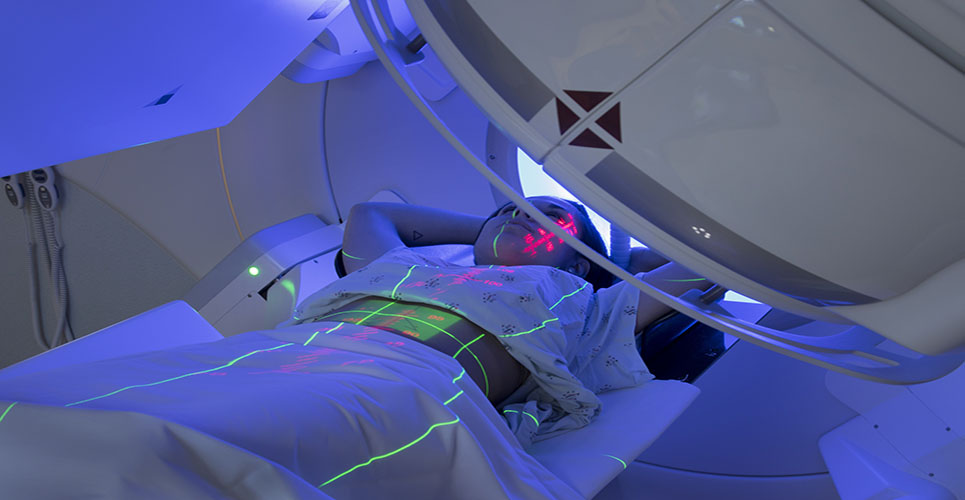teaser
Bolstering commitment in the field of Interventional Radiology (IR), Cook Medical introduced three new products at the Cardiovascular and Interventional Radiological Society of Europe 2012 (CIRSE) meeting in Lisbon, Portugal. Cook’s new product line includes the Aprima AccessTM Nonvascular Introducer Set; the Transluminal Biliary Biopsy Forceps Set; and the Osteo-Site® Ratchet.
These new devices further demonstrate Cook’s continued commitment to helping the interventional radiology community expand treatment options and improve patient outcomes.
The Aprima Access Nonvascular Introducer Set is the first product in the new Aprima drainage portfolio. It is a nonvascular access set used for single-puncture percutaneous access to facilitate placement of a working wire guide in IR procedures. The product has a Transitionless-TipTM design to help interventional radiologists streamline access and reduce the risk of patient trauma by substantially reducing any major resistance that could make insertion difficult.
“Cook was among the first to create drainage products specifically engineered to meet the needs of interventional radiologists,” said Dan Sirota, Vice President and Global Leader of Cook Medical’s lnterventional Radiology and Critical Care divisions. “Decades of collaborating with physicians have given Cook a deep understanding of patient and physician needs, which has helped Cook continue to advance the technology needed for every drainage procedure.”
Cook also launched the Transluminal Biliary Biopsy Forceps Set, a combined access set used for transhepatic cholangiography procedures and transluminal biopsies of biliary strictures. The set relies on proven technologies, including Cook’s EchoTip® needles, the Aprima Access set for biliary access and biopsy forceps suited for sampling. Another new product introduced to interventional radiologists attending CIRSE 2012 is the Osteo-Site Ratchet. This bone biopsy and infusion needle set has unidirectional drilling action and unique spade tip design, which allows manual drilling into hard bone without loss of pressure or control while its quiet drilling operation can maintain patient comfort.
Three-year data from the Zilver® PTX® Randomised Controlled Trial of Paclitaxel-Eluting Stents for Femoropopliteal Disease, from Cook Medical has demonstrated 84 percent freedom from TLR at 36 months in the PTX group. This is compared to 70.2 percent for patients treated with optimal percutaneous transluminal angioplasty and bare metal stents in the 479 patient study.
Dr. Michael Dake, professor in the Department of Cardiothoracic Surgery at Stanford University Medical School and medical director of the Cath/Angio Laboratories at Stanford University Medical Center, Palo Alto, California, presented the study findings at the Cardiovascular and Interventional Radiological Society of Europe (CIRSE) meeting held this week in Lisbon, Portugal.
“With Zilver PTX, Cook introduced the first drug-eluting stent technology for treating PAD in the SFA, and since then it has been recognised by the NHS Innovative Technology Adoption Procurement Programme,” said Andy Förster, EMEA leader for Cook’s Peripheral Intervention clinical division. “We are extremely proud to have pioneered this technology, which has advanced treatment options for patients across the world. The three-year data presented at CIRSE shows the continued benefit of drug-eluting stents compared to bare metal stents for lesions in the leg arteries.”
Since it was introduced commercially to European physicians in 2009, more than 10,000 patients have been treated with Zilver PTX and it is now available in 45 countries around the globe. It is currently under US Food and Drug Administration review and is not available for sale in the United States.

